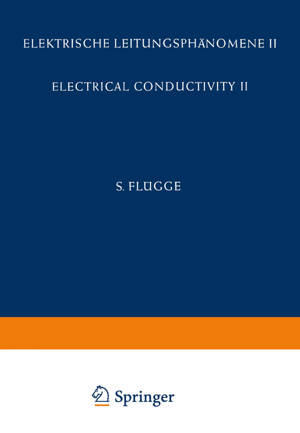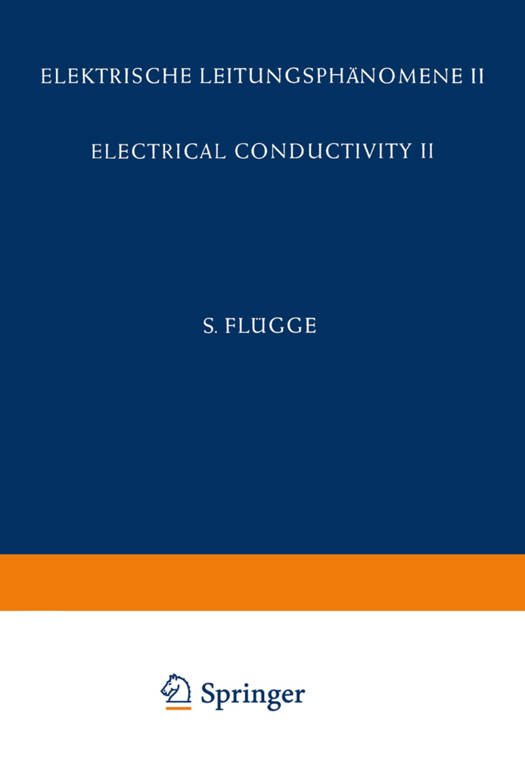
- Afhalen na 1 uur in een winkel met voorraad
- Gratis thuislevering in België vanaf € 30
- Ruim aanbod met 7 miljoen producten
- Afhalen na 1 uur in een winkel met voorraad
- Gratis thuislevering in België vanaf € 30
- Ruim aanbod met 7 miljoen producten
Zoeken
Electrical Conductivity II / Elektrische Leitungsphänomene II
O Madelung, A B Lidiard, J M Stevels, E Darmois
€ 67,95
+ 135 punten
Omschrijving
Sect. 1. 247 We have already stated that the subject of ionic conductivity can be properly regarded as one part of the wider study of imperfections, and it is on account of the coherence and unity of this wider subject that ionic conductors acquire their interest [4J. Thus the ideas of mobile interstitial atoms and vacant lattice sites are relevant to a wide range of phenomena; for example diffusion in solidsl, chemical reactions between two solids and between asolid and agas (e. g. tarnish- 3 ing reactions) 2, and annealing of radiation damage . There are, of course, imper- fections such as dislocations whose properties cannot be studied to any great extent through ionic conductivity measurements. However the existence of charges on the ions and the absence of electronic conduction enables the pro- perties and concentration of the simple localised lattice defects to be studied with greater certainty and more directness than is possible in, say, metals. This is true of the original development of the theory of lattice defects by FRENKEL [2J, SCHOTTKY [3J, [5J and WAGNER [5J, and is also true at the present time. Two examples may be mentioned. Firstly the diffusion of impurity atoms in met als may sometimes involve the formation of relatively stable pairs formed from an impurity atom and a vacan- cy [6]. In NaCl (an ionic conductor), such pairs are readily formed between a 2 Na+ vacancy and a substitutionally dissolved multivalent impurity ion, e. g.
Specificaties
Betrokkenen
- Auteur(s):
- Uitgeverij:
Inhoud
- Aantal bladzijden:
- 491
- Taal:
- Duits
- Reeks:
- Reeksnummer:
- nr. 4
Eigenschappen
- Productcode (EAN):
- 9783642458606
- Verschijningsdatum:
- 9/03/2012
- Uitvoering:
- Paperback
- Formaat:
- Trade paperback (VS)
- Afmetingen:
- 170 mm x 244 mm
- Gewicht:
- 789 g

Alleen bij Standaard Boekhandel
+ 135 punten op je klantenkaart van Standaard Boekhandel
Beoordelingen
We publiceren alleen reviews die voldoen aan de voorwaarden voor reviews. Bekijk onze voorwaarden voor reviews.








